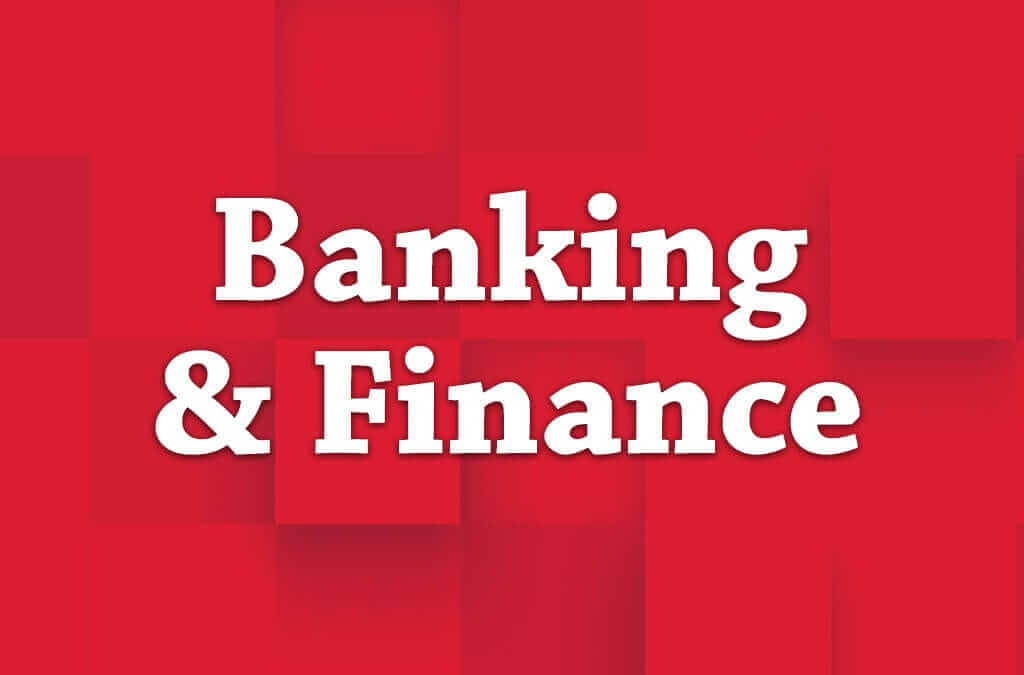Two Goals, One Pot of Money There’s no doubt that college costs are high — and getting higher. So, if you expect your child to go to college, it probably makes sense to start saving as early as possible. There’s also no doubt that if you plan to retire someday, you’re going to need money to live on — maybe a lot of money, since your retirement could last for 30 years or even longer. Saving for both your child’s education and your retirement may take more resources than you ever expected. You may think that saving for college should be your first priority, since your retirement may still be many years away. However, keep this in mind. Your child can always borrow money to pay for college. But who’s going to lend you money to fund your retirement? Retirement Saving — A Do-It-Yourself Project. Although you may receive Social Security benefits and possibly pension benefits from your current or a former employer, these sources alone probably won’t provide enough income for you to live comfortably throughout retirement. So you’ll want to save as much as you can. The good news is that assets in individual retirement accounts (IRAs) and 401(k), 403(b), and similar plans generally won’t be included when colleges calculate your expected family contribution to education costs. So it makes sense to contribute as much as you can to these accounts, knowing that your balance typically won’t count against you in the financial aid equation. Contribute to an Education Savings Plan. By starting to sock away money when your child is young, you may be able to accumulate significant savings for college. Section 529 plans* allow savings to grow tax deferred and offer tax-free distributions for qualified educational expenses. Funds in Section 529 plans generally are treated as parents’ assets for financial aid purposes. However, the money must be used for qualified college expenses of the beneficiary (or certain relatives of the original beneficiary) to qualify for tax-free withdrawal. So, if your child doesn’t attend college, you won’t be able to withdraw the funds for retirement without paying income tax. You Can Always Take It Out. If college is looming and you’re short on cash, amounts in an IRA may be withdrawn penalty free to pay qualified educational expenses at an eligible educational institution. Any taxable portion of your withdrawal will be treated as ordinary income. * Certain benefits may not be available unless specific requirements (e.g., residency) are met. There also may be restrictions on the timing of distributions and how they may be used. Before investing, consider the investment objectives, risks, and charges and expenses associated with municipal fund securities. The issuer’s official statement contains more information about municipal fund securities, and you should read it carefully before investing.
1-888-692-2654

